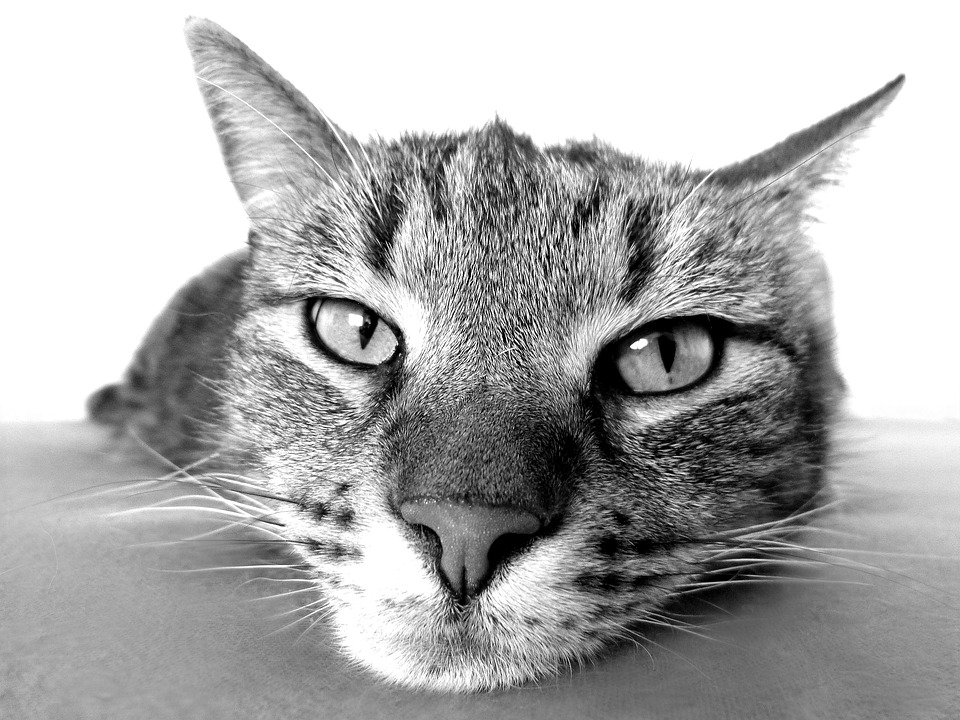The Fascinating World of Cat Chewing Behavior
Introduction:
Understanding cat behavior is crucial for providing the best care and nurturing our feline companions. In this article, we will explore the science behind chewing behavior in cats and its importance in their overall well-being. By delving into the evolutionary reasons behind chewing, the benefits it offers, and how to address destructive chewing, cat owners can gain a deeper understanding of this natural behavior.
An Inborn Instinct: Why Do Cats Chew?
Unveiling the Natural Instincts:
Chewing behavior is an inborn instinct in cats, dating back to their wild ancestors. Cats have sharp teeth and powerful jaws, which they utilize for hunting and consuming prey. This instinct has been passed down through generations, making chewing an integral part of their natural behavior.
Chewing as a Form of Exploration:
Cats are naturally curious creatures, and chewing serves as a way for them to explore their environment. By biting and gnawing on objects, they gather information about textures, tastes, and scents. This behavior is particularly prominent during the early development stages of kittens, as they learn to navigate their surroundings.
The Benefits of Chewing for Cats
Dental Health and Oral Hygiene:
Chewing plays a significant role in maintaining good dental health in cats. The act of chewing helps remove tartar and plaque buildup, reducing the risk of gum disease and tooth decay. Additionally, gnawing on certain objects can help strengthen their jaw muscles and keep their teeth clean and strong.
Mental Stimulation and Stress Relief:
Chewing also provides mental stimulation for cats. It serves as a form of exercise for their jaws and helps keep their minds active. Furthermore, chewing can be a stress-relieving activity for cats, similar to how humans may find comfort in chewing gum or stress balls.
Understanding Destructive Chewing in Cats
Separating Normal Chewing from Destructive Behavior:
It is important to differentiate between normal and destructive chewing behavior in cats. Normal chewing is purposeful and controlled, while destructive chewing involves excessive and indiscriminate gnawing on household items. Destructive chewing can be a sign of boredom, anxiety, or a lack of appropriate outlets for the cat’s chewing instinct.
Addressing and Redirecting Destructive Chewing:
To address destructive chewing, it is essential to provide appropriate alternatives for cats to chew on. Offering a variety of chew toys, specifically designed for cats, can redirect their chewing behavior to more appropriate items. Additionally, providing mental and physical stimulation through playtime and interactive toys can help alleviate destructive chewing tendencies.
FAQs:
Q1: Is it normal for my cat to chew on household items?
It is important to differentiate between normal and destructive chewing behavior. While some chewing on household items can be normal, excessive or indiscriminate chewing may indicate a problem. Redirect the behavior by providing appropriate chew toys and engaging your cat in interactive play.
Q2: What are some safe chew toys for cats?
Recommended cat chew toys include interactive treat-dispensing toys, dental chews, and textured toys designed specifically for chewing. These toys not only provide an outlet for chewing but also offer mental stimulation.
Q3: How can I prevent my cat from chewing on electrical cords?
To prevent cats from chewing on electrical cords, you can use cord covers or deterrent sprays that have a bitter taste. Additionally, keeping cords out of your cat’s reach or using cord organizers can help minimize the risk.
Q4: My cat chews on plants. Is this harmful?
Certain plants can be toxic to cats. If your cat chews on plants, it is important to identify which ones are safe and which are harmful. Consider providing cat-safe alternatives, such as cat grass or catnip, to satisfy their chewing instincts.
Q5: Can chewing behavior be a sign of a medical issue?
Excessive chewing can sometimes indicate dental problems or nutritional deficiencies. If you are concerned about your cat’s chewing behavior, it is advisable to consult a veterinarian to rule out any underlying medical issues.
Conclusion:
Understanding and embracing cat chewing behavior is essential for providing a fulfilling and enriched life for our feline companions. By recognizing the natural instincts behind chewing, the benefits it offers, and how to address destructive chewing, cat owners can ensure their cats lead healthy and happy lives. By providing appropriate outlets for chewing, we can nurture our cats’ natural instincts and strengthen the bond we share with them.








